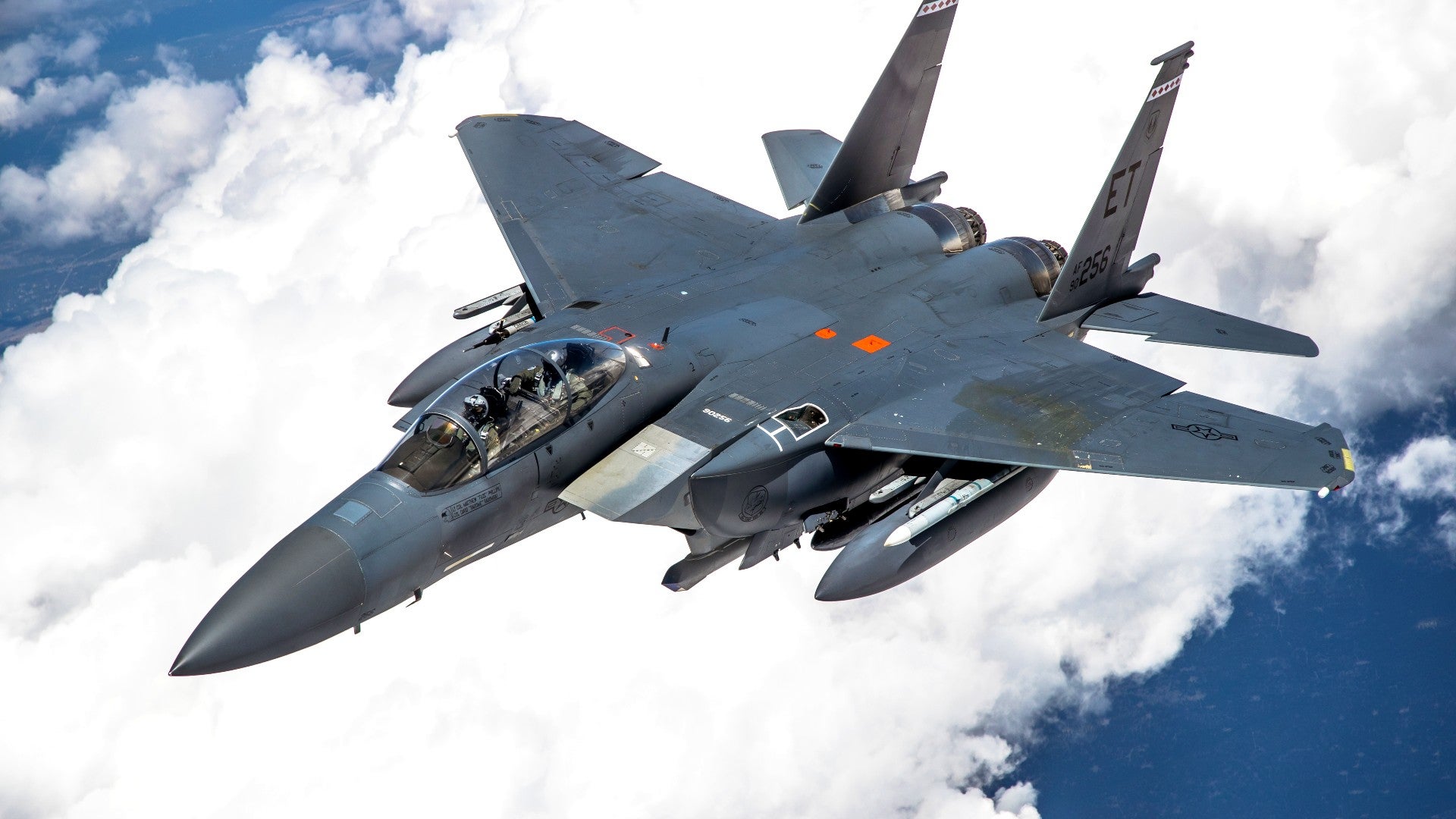The United States Air Force could be regaining the ability to conduct electronic warfare operations with its own tactical aircraft. A proposal before the House Armed Services Committee, if approved, would require the Air Force to determine whether or not it could integrate variants of the Next Generation Jammer family of electronic warfare systems aboard its platforms, greatly expanding the Air Force’s capabilities in this regard in support of larger missions and operations. While the Air Force is currently exploring a wide range of electronic warfare systems that are primarily defensive in nature, the capability set offered by the Next Generation Jammers could give the USAF a true tactical electronic attack aircraft, something it presently lacks.
In a House Armed Services Committee (HASC) press release issued on July 28, 2021, the Subcommittee on Tactical Air and Land Forces announced a proposal to include a provision in the Fiscal Year 2022 National Defense Authorization Act (NDAA) that would require “an assessment of Air Force airborne electronic attack capabilities and the feasibility of integrating the ALQ-249 Next Generation Jammer on Air Force tactical aircraft.”
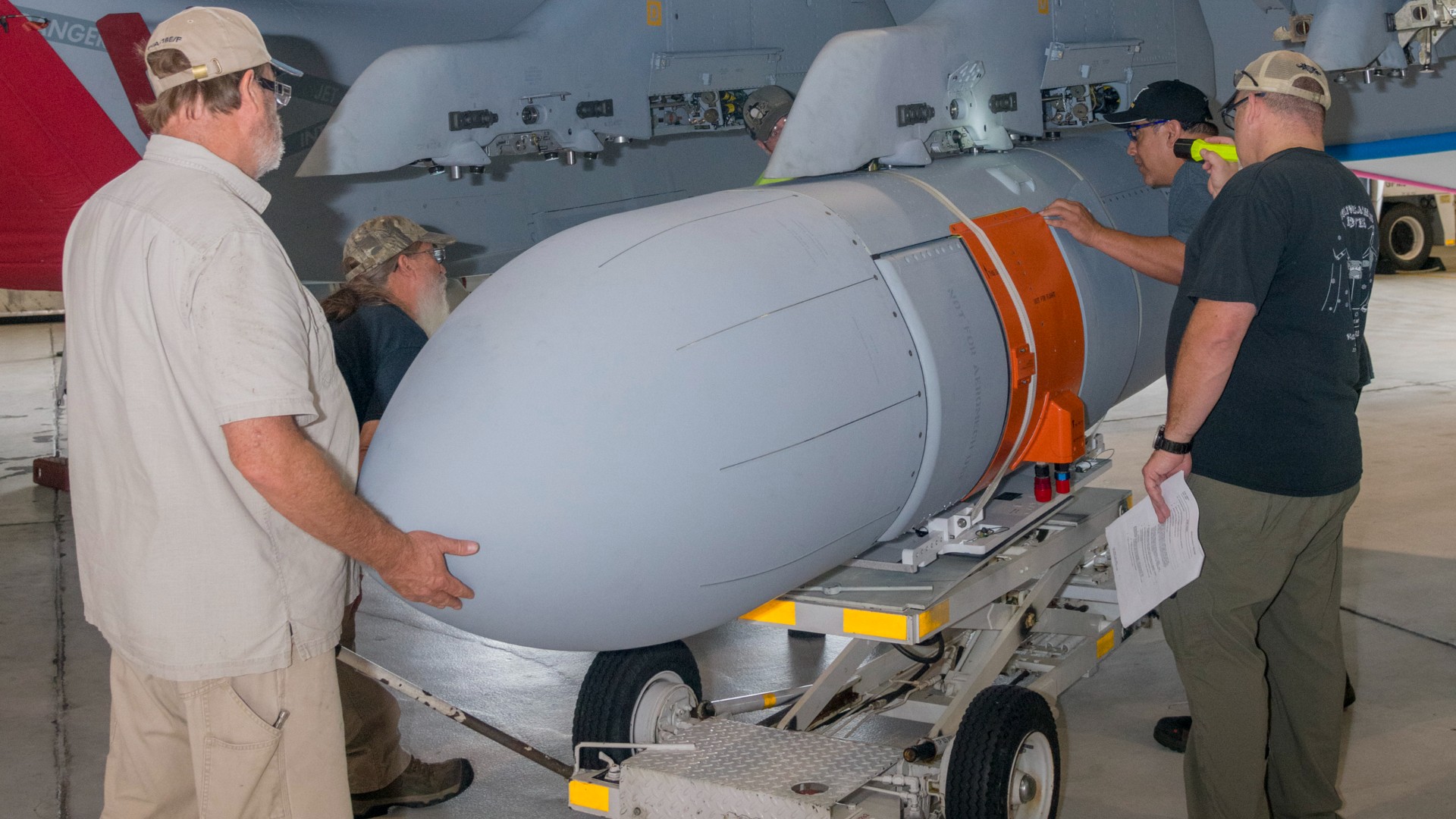
As we’ve previously reported, the NGJ family isn’t actually one pod, but three: a low-band one, mid-band one, and a proposed high-band one. The Mid-Band version, or NGJ-MB, also designed the AN/ALQ-249(V)1, and the Low-band version, or NGJ-LB, are currently in development. The Department of Defense, through the U.S. Navy, has been leading the developing the pods alongside the Australian Ministry of Defence.
In July 2021, Raytheon was awarded a $171 million contract to begin producing an initial run of production NGJ-MB units to be completed in October 2023. It’s unclear which version of the pod is being proposed by the HASC for use aboard USAF aircraft, but since the MB and LB pods work in tandem, any proposed integration plan could likely include both. The Navy’s EA-18G Growler is already slated to receive both pods.

Raytheon describes the capabilities of the NGJ-MB on their website, stating the jammer “offensively denies, disrupts and degrades enemy technology, including air-defense systems and communications” and uses “the latest digital, software-based and Active Electronically Scanned Array technologies” in order to “non-kinetically attack significantly more targets and at greater distances.” Raytheon’s product page adds that the NGJ-MB can attack multiple targets simultaneously, be rapidly upgraded through a modular architecture, and can be scaled to fit a variety of missions and platforms. You can read all about the pods and their capabilities in this prior reporting of ours.
The Air Force currently operates a small fleet of its aging EC-130H Compass Call aircraft which have a relatively wide array of EW capabilities, but that platform is a high-demand, low-density asset and is not meant for contested airspace. The USAF hasn’t had a dedicated electronic attack jet since it retired the EF-111A Raven, or “Spark Vark” in 1998. Since then, the Navy alone has provided that capability with its EA-18G “Growler” aircraft, having itself retired the EA-6B Prowler in 2019.
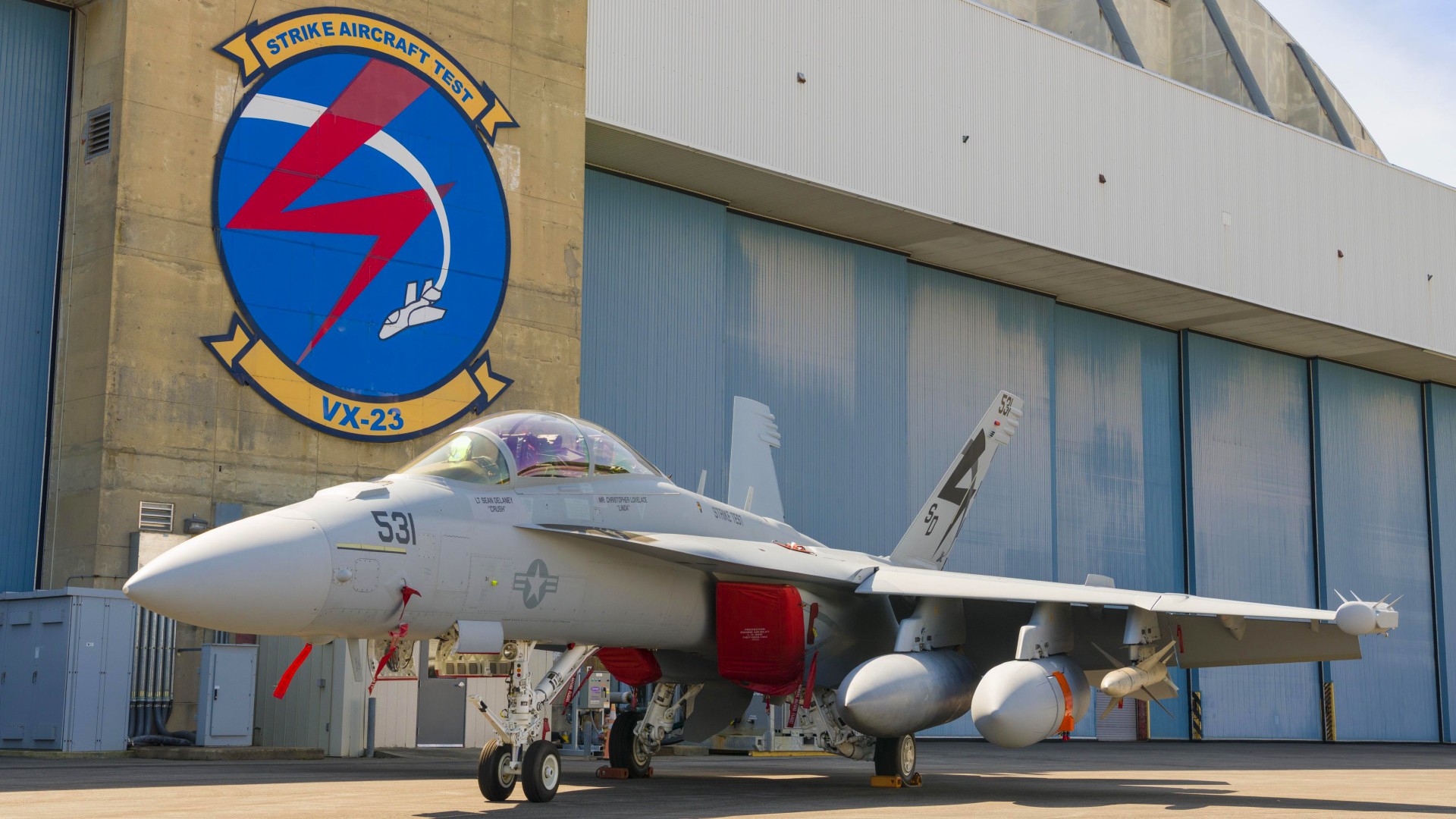
There is also the possibility that the USAF does have stealthy drones capable of penetrating denied airspace and conducting electronic attacks. The concept has been discussed for years, but rapidly maturing unmanned technology, and even the disclosure of platforms that could host such a mission set, have made the capability all more attainable. Just over 10 years ago, a ‘penetrating stand-in airborne electronic attack’ capability was openly referred to as a key underway initiative. Since then, references to it have gone dark. But even if the type does exist, it wouldn’t be in significant numbers. Obviously, their clandestine nature would limit their use and deployability, as well.
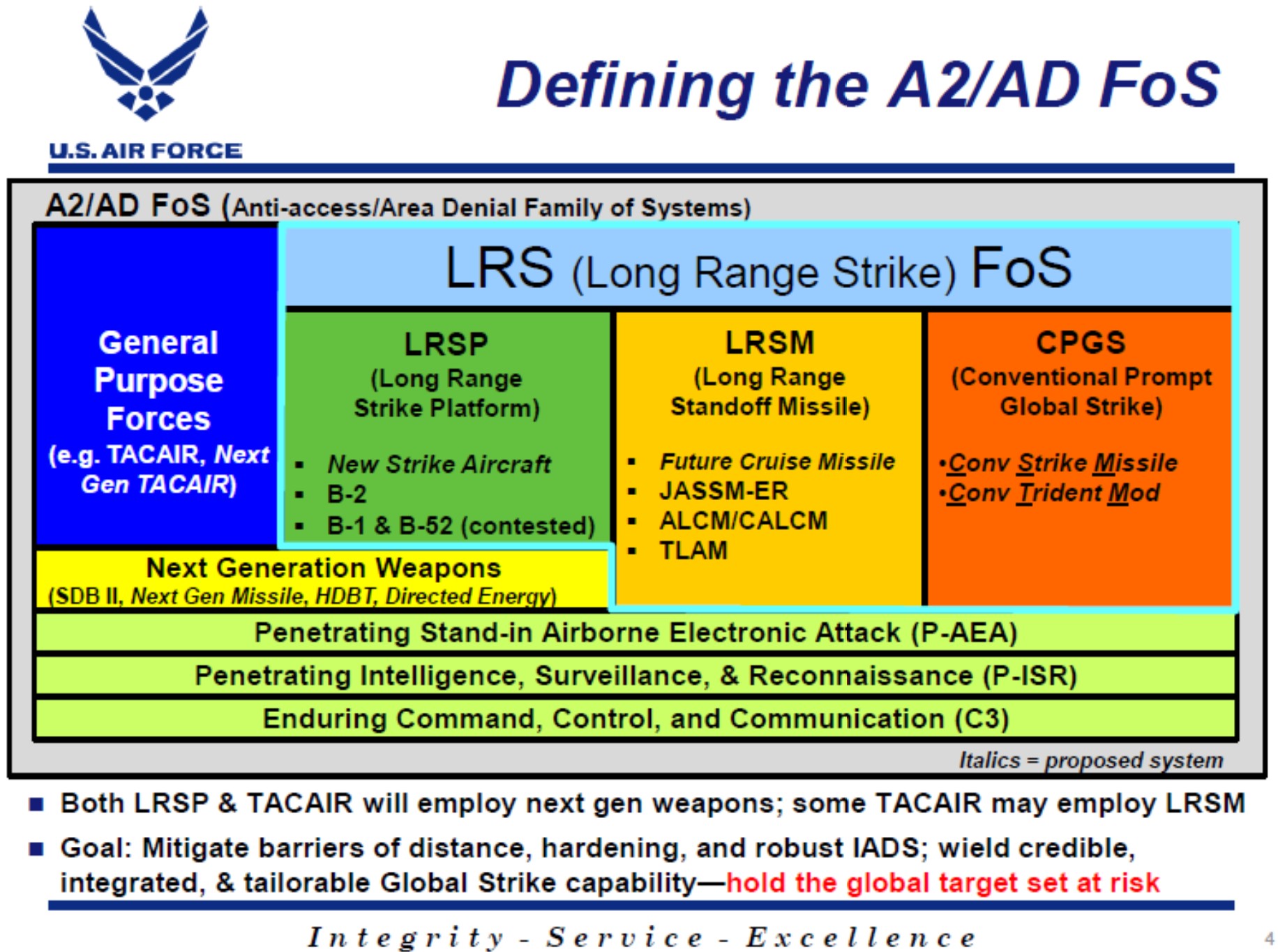
Those unknowns aside, it’s clear the Air Force has a gap here. Due to its lack of a dedicated tactical EW jet platform, the USAF has previously sent some of its pilots to Naval Air Station Whidbey Island in order to train them on electronic attack systems and concepts, and the capabilities of the EA-18G in particular. As part of current efforts to expand EW support, NAS Whidbey Island recently built a facility devoted exclusively to testing, maintenance, storage, and shipping of NGJ pods.
The language that HASC is looking to include in the 2022 Fiscal Year NDAA wouldn’t require the Air Force to consider any particular platforms to integrate NGJ pods onto, but the F-15EX would seem to be the most logical platform given its payload capacity and performance capabilities, and there have already been developments in terms of expanding the Eagle II’s own EW capabilities. These aircraft will already feature the Eagle Passive/Active Warning Survivability System (EPAWSS), an extremely capable and expandable electronic warfare and electronic support measures suite. You can read all about EPAWSS here.
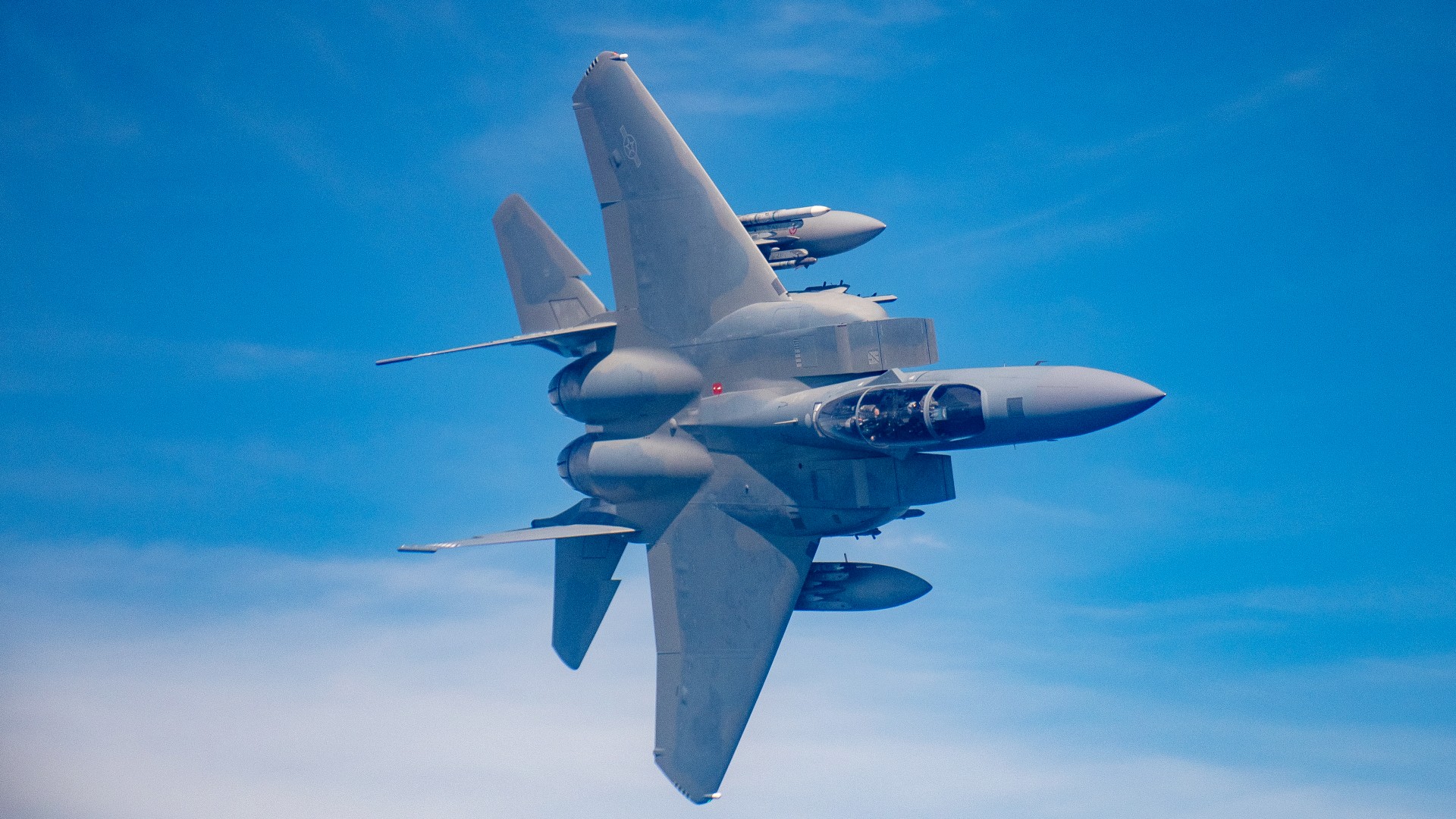
The F-15EX’s future, in terms of capabilities, is largely undefined, but that is going to change as an open call exists for industry to come up with possibilities to leverage its unique abilities and open architecture systems. Adding a high-end jamming support capability would be quite an attractive and relevant option. It’s possible the NGJ pods could eventually be integrated into the EPAWSS system, but that is uncertain at this time.
It’s also worth noting that F-15E is getting EPAWSS too, so it could potentially be tapped to employ the NGJ variants, as well.
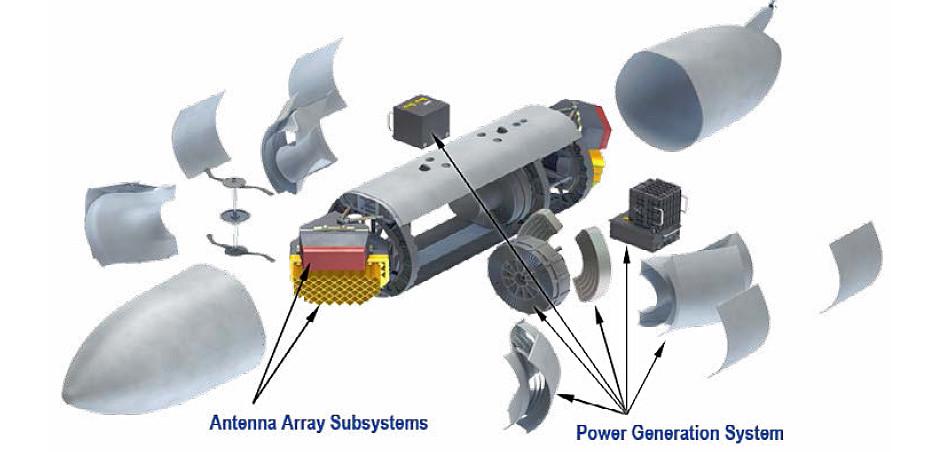
The development of the NGJ series comes as the DOD has been working towards developing more capable EW systems for its tactical aircraft in response to new air defense systems and improved sensors developed by near-peer opponents. Potential high-end conflicts against advanced adversaries such as Russia or China would test the EW capabilities of U.S. air assets. Existing stealthy aircraft will increasingly rely on additional standoff jamming support for their survival in very high-threat environments. Even the F-117, which was something totally new for its time, relied heavily on external EW support. The one time it wasn’t there, one was shot down. As such, you can see how clawing back organic electronic attack capabilities would be quite attractive for the USAF.
The Navy will have its hands full in the next conflict, especially one in the Pacific where the battlespace will be massive and far less centralized than in past operations. As such, being able to increase electronic attack capacity and distribute it more evenly throughout the services, and the future battlespace, will be key. The reality is that the type of jamming offered by the Next Generation Jammer is just one facet in what a complex EW ecosystem that features a wide variety of EW capabilities, from small drones acting as stand-in jammers to increasingly capable EW-enabled towed decoys and even ground systems meant to jam enemy satellites. Even having some of these EW assets work together cooperatively via networking represents a quantum leap in capability that is far more than the sum of its parts.
If the HASC committee proposal is approved, the addition of the NGJ would greatly expand the Air Force’s ability to carry out electronic warfare missions and potentially expand the role of the F-15EX, and possibly even the existing F-15E Strike Eagle. In the increasingly complex electronic warfare-enabled battlefield of today, these capabilities can have a huge impact on whether battles are won or lost.
Contact the author: Brett@TheDrive.com & Tyler@thedrive.com
